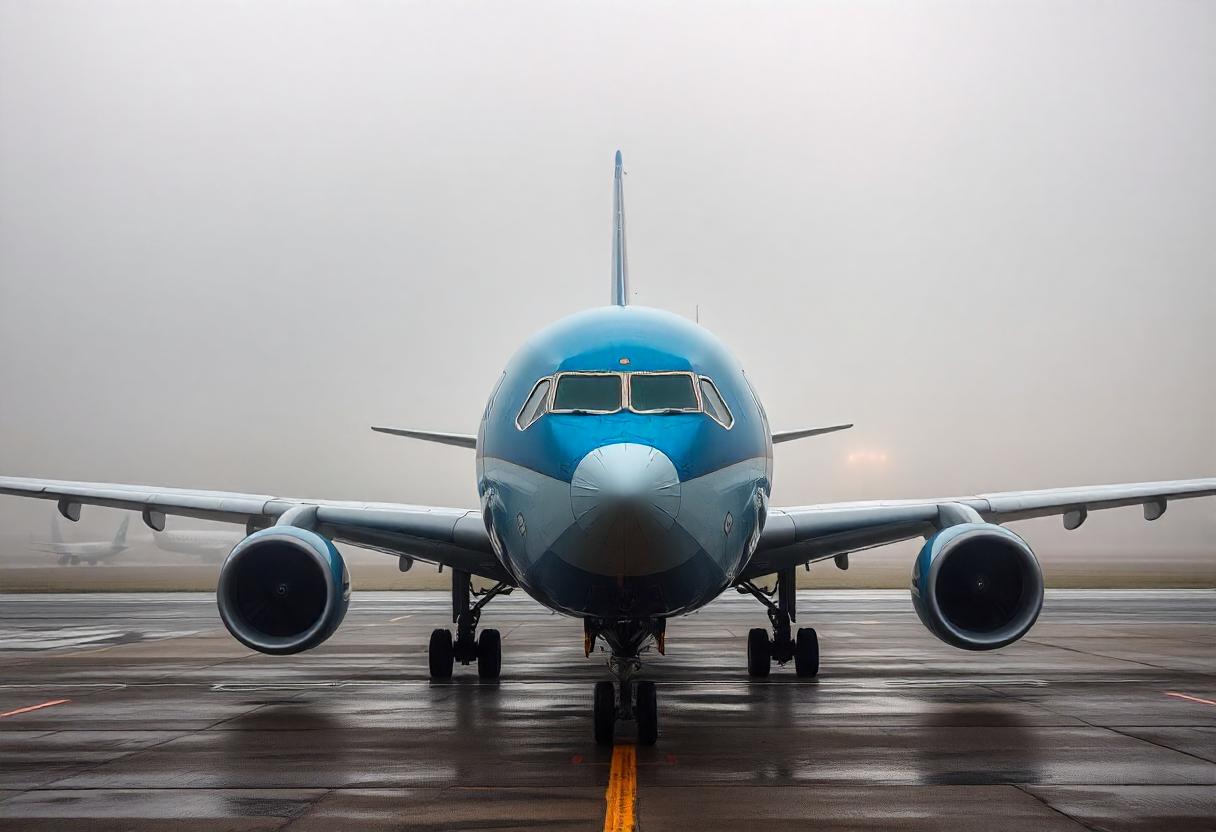Bussiness
Robots are taking over New York City — and even Bill Gates is investing

New York City is becoming a boomtown for the robot business as companies are developing and using them to provide massages, install roof shingles, automate medical testing and much more.
“New York benefits from being a global city… we have access to global capital customers in other cities,” said Jacob Hennessy, who runs the New York Robotics Network, a nonprofit that aims to make the city a hub for robot innovation. “We’re seeing a lot of companies relocate to New York … but we are trying to tell the story that you can start here.”
Opentrons, a Long Island City-based company that creates “robots for biologists,” is a good example of that.
The firm, whose name is a nod to the open-source technology and artificial intelligence it uses to program its electronics, was founded in Brooklyn in 2014. A decade later, Opentrons has notched a $1.8 billion valuation and attracted investors, including Bill Gates and billionaire tech founder and venture capitalist Vinod Khosla.
The company eliminates the manual labor, like pipetting, involved in conducting experiments and testing lab samples, so scientists are freed up for more high-level work.
The price of the robots starts at $10,000. With the advent of AI tools like ChatGPT, researchers can use Opentrons AI software to write prompts for robots in plain language — like requesting to run a COVID test — and the machine handles the rest.
Opentrons showed how useful that technology is during the pandemic, when the city asked for help conducting millions of COVID-19 tests.
In July 2020, Opentrons started PRL (Pandemic Response Lab) using 40 Opentrons to help NYC conduct COVID tests, CEO Jonathan Brennan-Badal told The Post.
The automated approach was highly effective, efficient and affordable: Tests were over 99% accurate, people saw results in less than 24 hours, and automating the process saved taxpayers about $600 million. The machines ended up processing more than 12 million tests and were the first to identify new strains of the virus, including Omicron, in NYC, Brennan-Badal added.
But Opentrons is focused on global applications. One machine, which is around the size of an oven, is portable enough to be deployed in local classrooms and remote locations in Africa.
Opentrons robots have already been used — drawing power simply from a car battery — in African villages for on-site testing of disease outbreaks. That came about, in part, thanks to Bill Gates, who connected Brennan-Badal with one of his charities.
“It can take days to get samples tested in a core lab in a major city, so portable testing can be a game changer in providing timely results.” Brennan-Badal said.
It can also be a game changer in creating new pharmaceuticals and making pricy treatments like gene therapy more affordable.
Gene therapy — which costs north of $3 million — is out of reach for most people because it involves scientists altering and then manufacturing a new kind of DNA for an individual. Brennan-Badal said Opentrons’ machines are working to reduce the cost of this therapy to $30,000. Likewise, he’s hoping to cut down on the $1 billion and 15 years it typically takes pharmaceutical companies to develop new drugs
Khosla has noted the importance of the technology in healthcare: “Life science has 1 robot per 20 people, while Amazon’s newest warehouses have 10 robots per person; that is the Opentrons opportunity,” he told Forbes last year.
Still, Hennessy added, the challenge is for New York to develop an ecosystem the way Boston and Pittsburgh have — with more university research, more incubators helping founders start companies, and more federal and state grants to encourage innovation.
“When you look at New York City you see Broadway and Wall Street… but there is so much more,” Hennessy said. “There is a history of manufacturing — clothes, planes, thermoplastics — and we want to bring that back.”
He is focused on attracting new talent like Adagy Robotics, which moved its headquarters to Manhattan after a stint at prestigious startup incubator Y Combinator in Silicon Valley.
Adagy is creating a 911 emergency service for robots — literally, an emergency line robots contact when they are stuck or need help.
Meanwhile, there’s so much variety in NYC robotics that companies like Aescape are offering massage robots at high-end spas, while Renovate’s products are used to install shingles on roofs.
“We are the first line of defense,” Adagy co-founder Rosalie Shinkle told The Post of the company’s vision to help robotic companies repair their products. “It can take one to 15 years to reach reliability for a robot. We want to help people extract as much value now as possible.”
It can be difficult to differentiate within the glut of robotic companies in Boston and Silicon Valley — and it’s also a lot more fun to be in New York. Both Shinkle, who left Boston Dynamics in Massachusetts, and her co-founder Kathleen Brandes, who left Tesla in San Francisco, told The Post they were set on moving to New York to start Adagy.
“We have a group chat of 500 Y Combinator people… roughly 80 of them have moved to NYC,” Shinkle said.
This story is part of NYNext, a new editorial series that highlights New York City innovation across industries, as well as the personalities leading the way.










